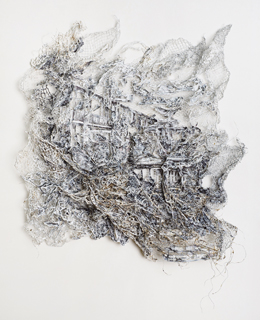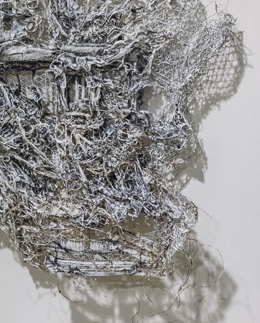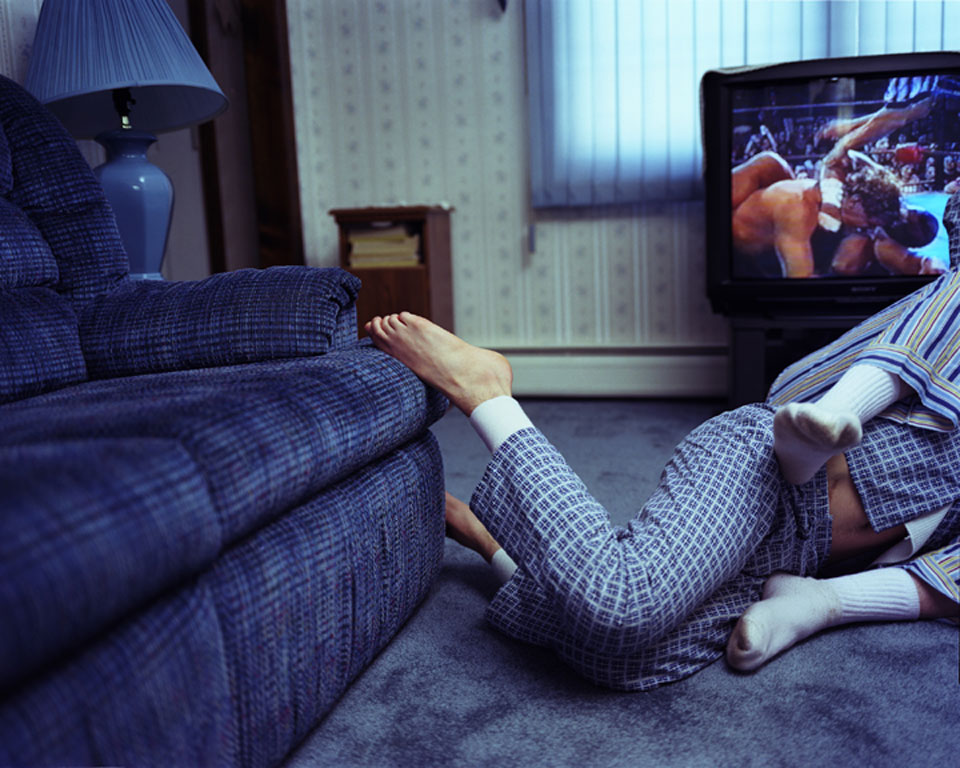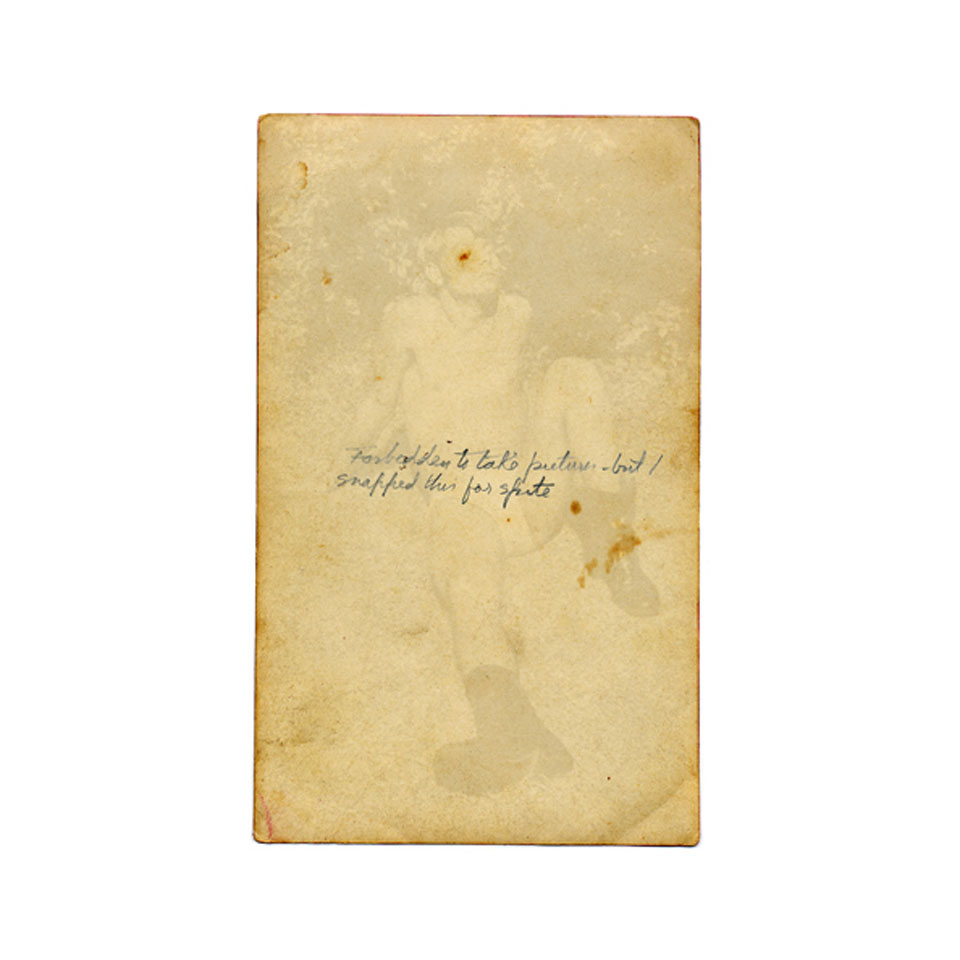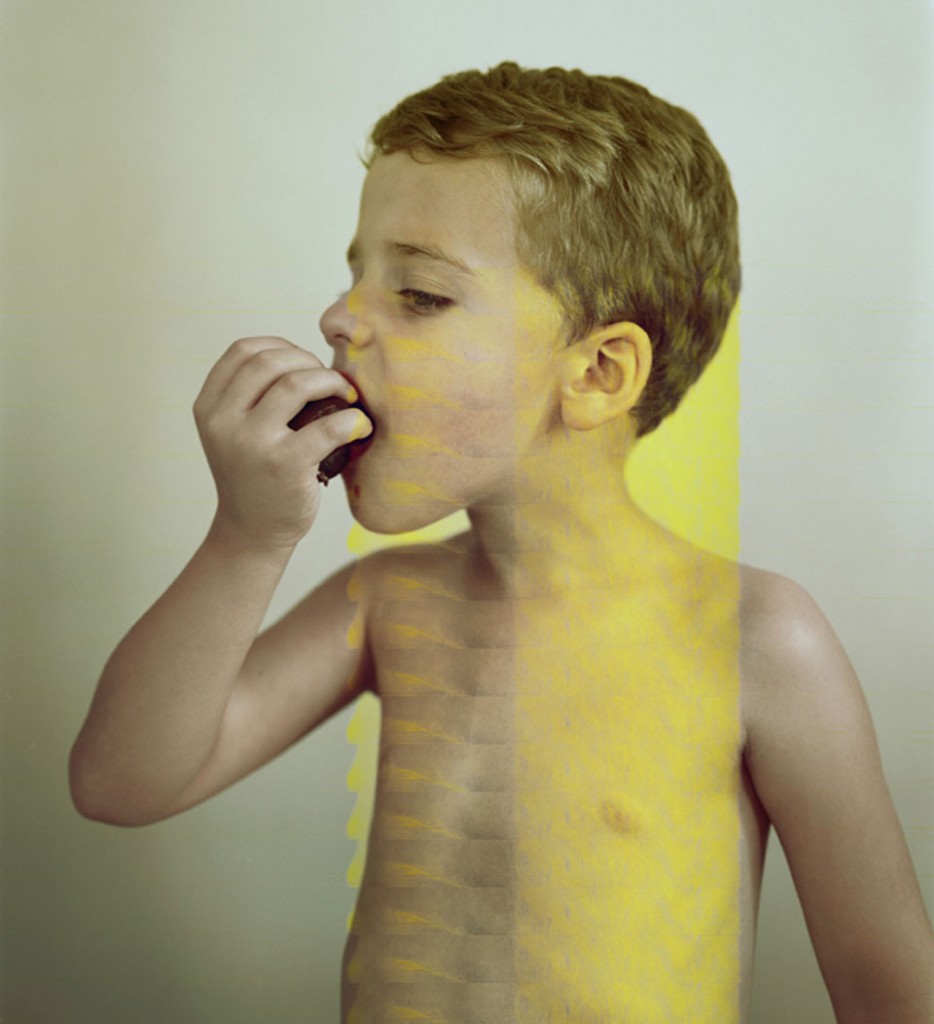I compose my work layer upon layer, starting with a patched-together aluminum mesh base. The irregular surface of the mesh forms an imagined topography. The pieces grow organically, building up from this surface, as I attach drawings of powers sources, man made and natural found objects, and constructed architectural forms.
The hanging tendrils that weave in and out of the layered surface and dangle beyond its boundaries suggest veins and plant life as well as mechanical infrastructure, reflecting our competition with the environment for resources. I often use imagery relating to the engine in my work as both a symbol of great achievement in human history and of disastrous destruction. Showing engines overgrown with vines also suggests the on-going struggle between human innovation and nature.
Fire was the first element that allowed humans to significantly change their environment. It enabled us both to create and to destroy. I use fire, in the form of a blowtorch, to alter my materials and to fuse one to another. I think of the blowtorch as a paintbrush that makes unique marks on each surface. The unpredictable and sometimes destructive force of fire reflects the power of nature, introducing an element of chance into my artistic process."
— Dana Melamed
Read more @ The America-Israel Cultural Foundation



